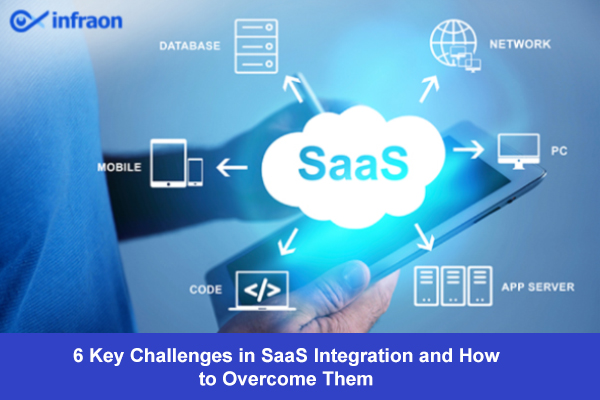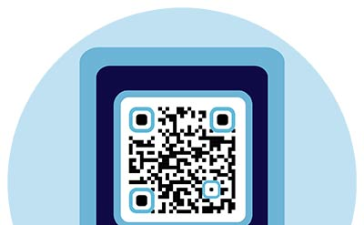Introduction:
The Software-as-a-Service (SaaS) integration is an IT asset Service Management (ITSM) service that enables the delivery of applications through the Internet. Since the software or application can get easy access via the internet, it does not require installing, updating or maintaining software. Thus, it makes the most cost-effective approach and saves time for various companies from buying and maintaining the software, which can lead to the optimization of efficiency and costs.
The Saas industry has witnessed rapid growth over the past few years. The SaaS market value is projected to be $208.1 Billion in 2023 i.e. approximately 17.5{031291102d741aaf28c78402600310b7d94daec2407e4502014144de9b71607a} more over the growth of the market in 2022. However, as well said, just like a coin has two faces, SaaS integration too comes with its own set of challenges and benefits. Therefore, This blog post will walk you through the 6 key challenges of SaaS integration that businesses must know and strategies for operational efficiency and quality. Without any further ado, let us get started with the list right away.
Key Challenges in SaaS Integration and overcome them
-
Integration costs
If your business is considering integrating SaaS into your environment, then you may need someone who has a level of expertise in this particular field. Companies would start looking for knowledgeable technicians or cloud-consulting businesses to assist them with technical complications. Hence, this process can be time-consuming and will come at hefty prices.
-
Strategy
You can start inspecting the costs and usage of tools that are reliable to your business. This is because not every tool will be effective for your business, this will optimize the costs and save time too.
-
Limited interoperability
One of the biggest challenges of SaaS integration is its limited interoperability, which has hampered several businesses from operating it. With interoperability, systems can work efficiently and collaborate effectively across various cloud platforms. Therefore, companies prefer real-time interoperability between private cloud and SaaS applications.
-
Strategy
Implement IT asset discovery tools for Software Asset Management (SAM) solutions to help the IT team in analyzing application-related data and manage any complexities.
-
Data security
Data security is vital for any online-related activity and it same goes with SaaS. The challenge here is that hackers can gain access to the provider if security measures are not accounted for.
-
Strategy
The most common form of security is two-factor authentication, but other options are available. Additional measures such as firewalls and encryption, that you can implement or create the backup of crucial documents are also an excellent way to ensure the safety of any valuable data.
Access control
Another major challenge for any business getting into cloud solutions is access control. Business administrators should discuss Service-Level Agreement (SLA) management, in which Saas agreements and protocols ensure total authority and control over the people who can access the specified data.
-
Strategy
One of the essential SaaS integration best practices that businesses should implement is an enterprise-wide monitoring solution that will help in viewing the usage data of all applications using a single portal. You may also consider utilizing centralized license management tools, which are great for remote commands and auto-discovery.
Time constraints
Most companies would like to integrate new systems quickly yet efficiently. However, SaaS integration is that moving from on-premise to the cloud can take a long time, leading to inefficient productivity.
-
Strategy
The crucial aspect of effective SaaS integrations is an organized management plan. Thus, you may want to set it up quickly, but any errors made along the way will only delay its integration.
SaaS integration with on-premise applications
Last but not least, businesses face a lack of knowledge of connecting to on-premise applications. There have been integration strategies, such as using extract and transform solutions, but the issue with these is that they are expensive and require specialized training.
Strategy
Migrating to the cloud involves reallocating licenses from their on-premise infrastructure.
Software License Management (SLM) solutions assist you in managing your licenses on both on-premises and cloud-hosted resources and allow you to automate license tracking and usage.
Conclusion
Make sure that the SaaS integration process is carried out properly. When that is done right, you will never have security issues, and also, your data will be automatically updated and changes in one system will be carried to other systems. Furthermore, steer away from the six challenges discussed above and keep them to a minimum.






